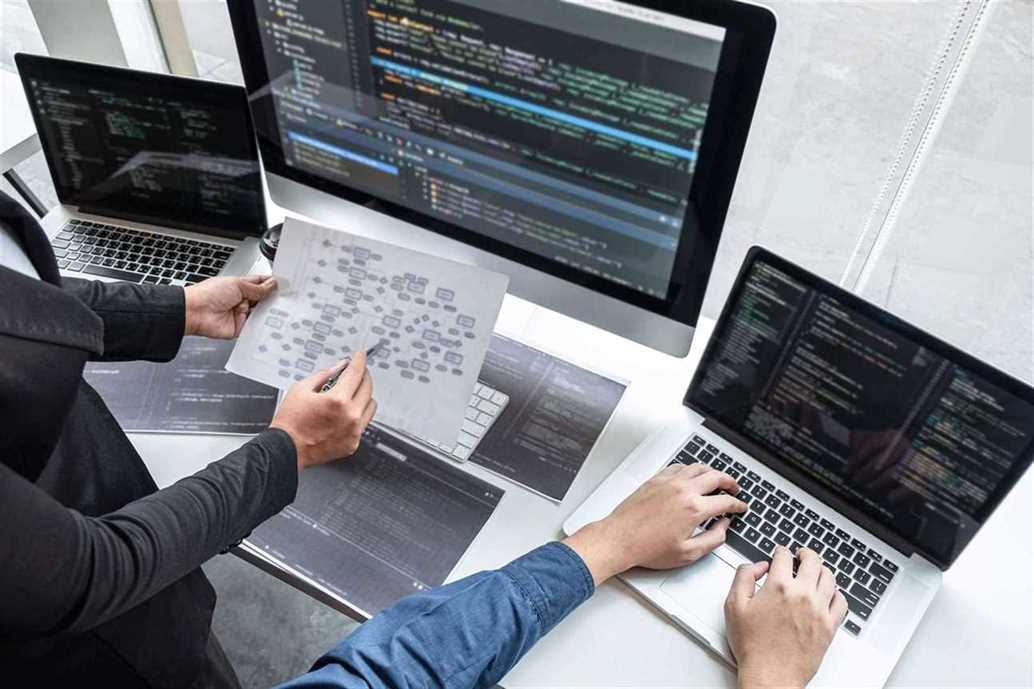An utility may choose to catch this exception, so as to notify the user of the problem — however it additionally would possibly make sense for the program to print a stack hint and exit. When an error happens within a method, the method creates an object and palms it off to the runtime system. The object, referred to as an exception object, accommodates details about the error, together with its sort and the state of the program when the error occurred. Creating an exception object and handing it to the runtime system is called throwing an exception.

Exceptions in Java can come up from different sorts of conditions corresponding to wrong information entered by the consumer, hardware failure, community connection failure, or a database server that is down. The code that specifies what to do in particular exception situations is identified as exception handling. An exception is an error event that may occur in the course of the execution of a program and disrupts its normal flow. Java offers a robust and object-oriented way to handle exception situations often known as Java Exception Handling. If the finally block completes abruptly for reason S, then the try statement completes abruptly for cause S (and cause R is discarded). Unchecked Exceptions are the exceptions that usually happen because of human, rather than an environmental error.
Throwing And Catching Exceptions
If a detecting perform in a block of code can’t deal with an anomaly, the exception is thrown to a operate that can handle the exception. A catch statement is a gaggle of statements that handle the specific thrown exception. Catch parameters decide the specific sort of exception that’s thrown.
- Runtime exceptions are not topic to the Catch or Specify Requirement.
- Errors are normally past the control of the programmer, and we should always not attempt to handle errors.
- So, within the terminology of the documentation, if the lastly block completes usually, then the attempt statement completes abruptly for cause R.
- Java Exception handling framework is used to deal with runtime errors solely.
- In any case, although the index is simply too high, the offending line of code will not execute and no exception will come up.
Exception dealing with makes an attempt to gracefully deal with these situations so that a program (or worse, a complete system) does not crash. Exception dealing with can be performed at each the software program (as part of the program itself) and hardware levels (using mechanisms constructed into the design of the CPU (central processing unit)). The following instance defines and implements a category named ListOfNumbers. When constructed, ListOfNumbers creates an ArrayList that accommodates exception handling 10 Integer components with sequential values 0 by way of 9. The ListOfNumbers class additionally defines a method named writeList, which writes the record of numbers into a textual content file known as OutFile.txt. This example uses output lessons defined in java.io, which are covered in
Java Regex
The printStackTrace() is considered one of the helpful methods within the Exception class for debugging purposes. Unless there’s a good, particular cause to catch any of these two, it’s generally not advised to take action. Doing this is redundant and will merely end in a bunch of log messages which are not really wanted. The amount of textual content will cut back the visibility of the logs. This means, you do not have to concern yourself with closing the sources yourself, because the try-with-resources block ensures that the resources shall be closed upon the top of the statement.
Exception Handling is a mechanism to deal with runtime errors corresponding to ClassNotFoundException, IOException, SQLException, RemoteException, and so on. When we throw an exception, the flow of the program moves from the strive block to the catch block. If not certainly one of the statements in the attempt block generates an exception, the catch block is skipped. When an exception happens, it’s caught by the catch block. There are some constraints such because the exception object is final and we can’t modify it contained in the catch block, read the full analysis at Java 7 Catch Block Improvements. Java Exception and all of its subclasses don’t present any specific strategies, and all of the strategies are defined in the base class – Throwable.
Wrapper Courses In Java
Basic I/O. In the above instance, 100/0 raises an ArithmeticException which is handled by a try-catch block. Sometimes, the built-in exceptions in Java aren’t in a position to describe a certain state of affairs. In such cases, customers also can create exceptions, that are known as ‘user-defined Exceptions’. In Java, the lastly block is at all times executed no matter whether or not there is an exception or not. Here, we’ve positioned the code which may generate an exception inside the attempt block.
Built-in exceptions are the exceptions which might be out there in Java libraries. These exceptions are suitable to elucidate sure error situations. The time period exception is shorthand for the phrase “distinctive event.” It would be higher if you might point out the term chain of responsibility which used in exception dealing with. Using Checked Exceptions has the benefit of helping builders with understanding which exceptions you can expect and take acceptable action to deal with them.
You can study more in the Advantages of Exceptions part. Similarly, the throws keyword is used to declare the type of exceptions that may happen throughout the methodology. If you’re not using the earlier advice for any reason, a minimum of make sure to shut the sources manually within the lastly block.
However, when we perform exception handling, the relaxation of the statements will be executed. In Java, an exception is an event that disrupts the normal circulate of the program. We can have a separate methodology to process various varieties of error codes that we get from completely different methods. Some of them get consumed because we’d not want to notify the person of that, or a few of them we’ll throwback to inform the user of the problem. In this instance, the MyException thrown contained in the lastly block will overshadow the exception thrown by the catch block and all priceless info might be dropped. If execution of the attempt block completes abruptly for some other cause R, then the lastly block is executed, after which there is a alternative.
If we fail to handle such circumstances, the entire application will find yourself in ruins, and all other code becomes obsolete. Therefore, we must be in a position to write code that can adapt to such situations. This part describes the try-with-resources statement, which is a attempt statement that declares a number of assets. A useful resource is as an object that must be closed after the program is finished with it. The try-with-resources assertion ensures that every resource is closed at the end of the statement. This section covers the throw assertion and the Throwable class and its subclasses.

If an exception happens, the lastly block is executed after the strive…catch block. Java offers lots of exception lessons for us to use, but typically we might must create our own custom exception courses. For instance, to inform the caller about a specific sort of exception with the appropriate message. We can have custom fields for tracking, corresponding to error codes. For example, let’s say we write a way to process solely text files, so we will provide the caller with the suitable error code when another type of file is distributed as enter. In this case, although the strive block throws a brand new IOException, we use return within the lastly block, ending it abruptly.
Finest Exception Handling Practices
When a perform is called in C, a variable named errno is routinely assigned a code (value) which can be used to establish the kind of error that has been encountered. Different codes (values) for errno mean https://www.globalcloudteam.com/ various kinds of errors. The use of exceptions to handle errors has some benefits over traditional error-management strategies.
These exceptions aren’t checked throughout compile-time, however at runtime, which is the explanation they’re additionally known as Runtime Exceptions. Learn about the best practices behind exception dealing with for safe code design, together with the process of throwing and dealing with different exceptions. An exception is an occasion that occurs through the execution of a program that disrupts the conventional circulate of instructions.
They can often be countered by implementing simple checks before a section of code that would potentially be used in a way that types a runtime exception, but more on that in a while. Checked Exceptions are the exceptions that we can typically foresee and plan ahead in our application. These are also exceptions that the Java Compiler requires us to either handle-or-declare when writing code.
We are required to mark our methodology signature with a throws clause. A technique can add as many exceptions as needed in its throws clause, and might throw them in a while in the code, however would not have to. This methodology doesn’t require a return statement, even though it defines a return kind. This is because it throws an exception by default, which ends the circulate of the tactic abruptly.







